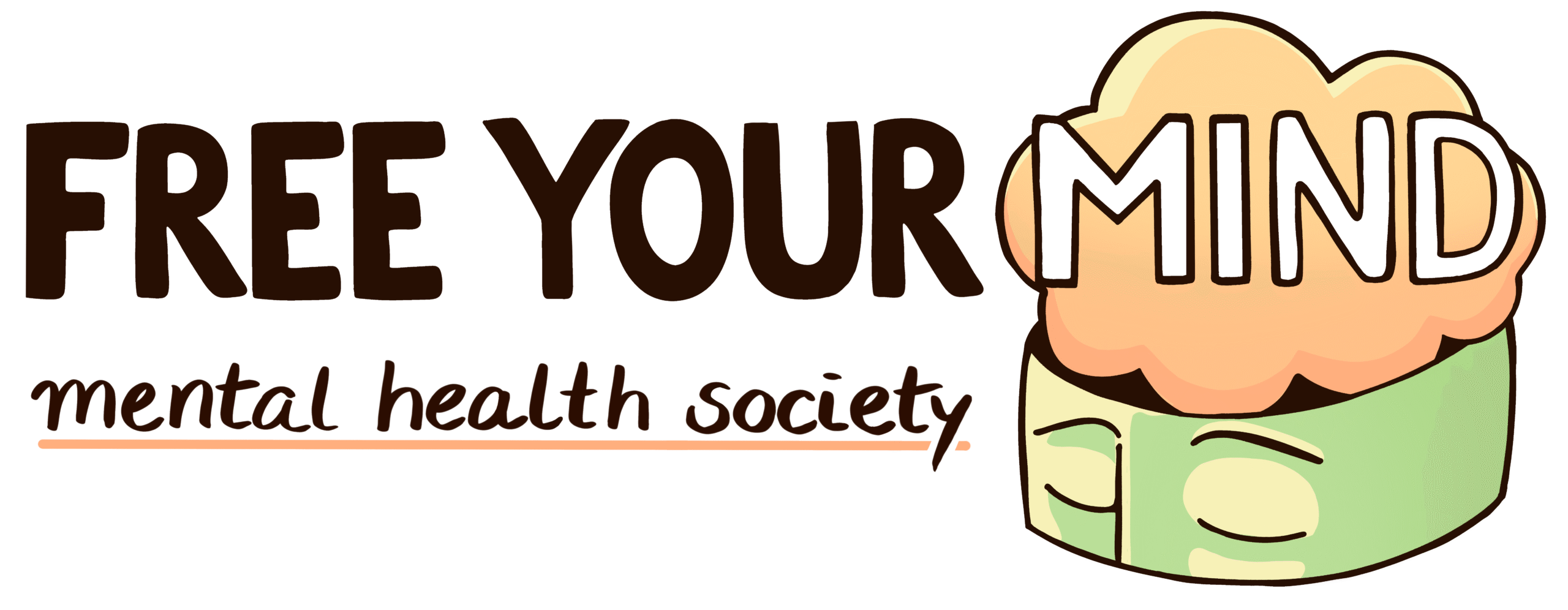Image courtesy of Pexels.com
Summers are often associated with beaches, sunshine, longer days and new adventures because it’s the time when people make the most effort to enjoy the glorious outdoors. For parents, it’s especially true since it’s around that time kids are done with the school year and the weather is better for making memories. It should be a fun time, and for the majority it is.
When you search for summer anxiety in Google, the results will vary between how summer is a stressful period for most people because some are awaiting news about school applications, some are struggling with their body image and some have summer aspirations that need to be fulfilled before the warmer weather is over. There will also be some pieces on how summer is a difficult period for people struggling with anxiety, but I believe that it isn’t talked about enough.
Warmer weather can cause many different changes in the body. Because of heat, people can experience sweating, a racing pulse, dry mouth, fatigue, dizziness etc. Although these symptoms may because of dehydration or a normal bodily reaction to the warmer weather, they are similar to symptoms of anxiety. Anxiety can be both physical and psychological with an array of symptoms such as sweaty hands, elevated heart rate, brain fog, etc, and is often defined as a negative emotion as a result of worrying about the future (Bell, Gasparrini & Benjamin, 2024; Bratu et al., 2022). It was also found that increased heat exposure does impact the amount of anxiety a person can experience, while also having the ability to induce anxiety disorders (Bell, Gasparrini & Benjamin, 2024; Fang et al., 2023).
Many studies have found that heat can negatively impact mental well-being in varying ways. Researchers discovered in humans heat stress can alter the body’s metabolic pathways, and result with changes in the brain structures and central nervous system such as the blood-brain barrier. The hypothalamic-pituitary-adrenal (HPA) axis is one of the metabolic pathways controlled by the brain, and activation of it can result in anxiety-like symptoms. Activation of the HPA axis kickstarts other systems like the neuroendocrine, automatic, and immune systems to begin releasing increased amounts of the stress hormone, cortisol. Typically, the feedback cycle of producing cortisol will shut down once the stress receptors in the brain stop receiving the signal (Fang et al., 2023; Parritz & Troy, 2024).
Fang et al. (2023) conducted a study in which they observed the behavioural effects heat had on the participants and the biochemical markers of anxiety in their blood. 20 participants were selected; 10 were randomly assigned to be in a room in which they were exposed to warmer temperatures (the heat stress condition) for 90 minutes before being asked to complete the state-trait anxiety inventory and blood was collected. After 3 days, the same was collected under ideal temperatures. The remaining 10 participants experienced the same except data was collected under ideal conditions first before being assigned to the hotter room for collection. The researchers found a causal connection, with increased activation of the HPA axis, an inflammatory response to oxidate stress (e.g. impacting the mind-gut connection) and neurotransmitter (e.g. GABA) receptivity reduction which all concluded with some level of anxiety manifestation.
In conclusion, there is some research done on the connection between warmer temperatures and how they correlates to how much anxiety someone feels. Due to the intense heat wave that occurred in June 2021, a Canadian study found that citizens of British Columbia felt an increased level of anxiety during that period (Bratu et al., 2022). Heat has different effects for different people, some may thrive with sunshine and warmer weather, but some may struggle to regulate their emotions and worries. Whether it is because of the HPA axis, inflammation, decreased neurotransmitter receptivity, or another factor at play, it pays to be kind to others because you don’t know what someone is going through.
References
Bell, M. L., Gasparrini, A., & Benjamin, G. C. (2024). Climate Change, Extreme Heat, and Health. New England Journal of Medicine, 390(19), 1793-1801.
Bratu, A., et al. (2022). The 2021 Western North American heat dome increased climate change anxiety among British Columbians: Results from a natural experiment. The Journal of Climate Change and Health, 6, 100116.
Fang, W., et al. (2023). Heat exposure intervention, anxiety level, and multi-omic profiles: A randomized crossover study. Environment International, 181, 108247.
Parritz, R. H., & Troy, M. F. (2024). Disorders of Childhood: Development and Psychopathology. (4th ed.). Cengage Learning.
Note: The Free Your Mind Mental Health Society is an independent youth-led organization. The contents of this blog are not intended to be a substitute for professional medical advice, diagnosis, or treatment. Always seek the advice of your physician or another qualified health provider with any questions you may have regarding a medical condition. In the event of a medical emergency, please call your doctor or 911 or other local emergency numbers immediately.

